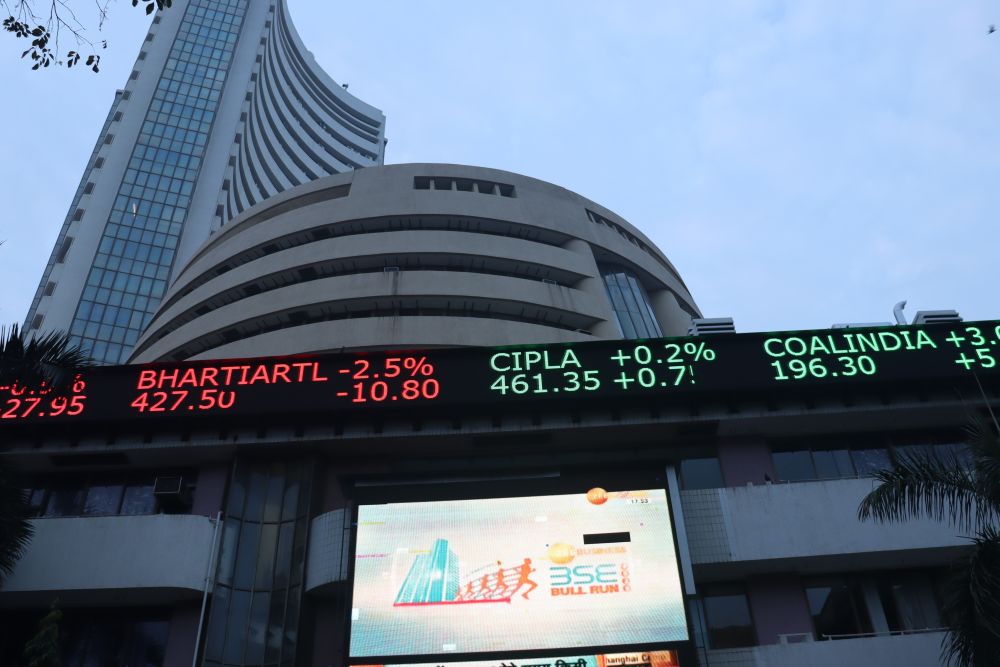 |
|
Emerging market economies expanded rapidly during the 2000s. This provided a powerful tailwind for EM businesses. However, growth is only good if it is profitably executed and unfortunately many emerging market companies chose to ignore this fact. Successful companies that had built significant cash reserves began to prioritize growth over profits. In many instances, firms expanded into areas beyond their core business and skillset or into new geographies where they did not command strong market positions. These developments typically eroded their overall level of profitability. In the past three years, there has been a decline in the aggregate level of return on equity (ROE) at emerging market companies.
A shift in focus
In many EMs today, economic growth rates are slowing, competition is increasing and the cost of capital is rising. However, just as policymakers tend to be spurred into action by crises, there are signs that companies are responding to these challenges. Encouragingly, many management teams now recognize that it is the profitability of growth rather than growth per se that is important. There is a shift in focus from the top line of the income statement to the bottom. As a result of this trend, ‘internal change’ companies, one of the four different types of businesses that we look for, have become a greater source of investment ideas recently.
Internal change companies are ‘self-help’ businesses that are taking steps to improve – most commonly after encountering difficulties caused by a period of overexpansion, weak management or a poor strategy. Many investors overlook the potential benefit of restructuring; we believe it can be hugely rewarding to invest in companies that are currently struggling but where meaningful steps are being taken to move towards a more profitable future.
Accessing attractive valuations early
A long-term horizon is a prerequisite for investing in internal change companies. It can take time for a new strategy or management team to make a noticeable operational impact. It is also extremely difficult to pinpoint the exact inflection point when changes begin to have tangible results. Consequently, we tend to build our positions slowly. In contrast to many emerging market investors, who can be quite myopic in nature, we afford ourselves the luxury of time and therefore have the opportunity to add to our holdings gradually.
Investing in these holdings is also made possible by our balanced approach to portfolio construction. We seek consistent performance by combining quality names with these ‘deeper value’, more volatile holdings.
Opportunities for patient stock pickers
We consider internal change companies to be an exciting part of our investment universe. They are likely to become more prevalent as firms seek to remain successful in an increasingly competitive world. We have always championed the argument that the allure of emerging markets has not been economic growth but to gain access to companies that create value for shareholders. Improving corporate governance practices will drive the future direction of the markets as companies become ever better run and more profit-driven. This trend should present opportunities for contrarian investors who have the patience to identify firms changing for the better.
Case study 1: Indiabulls Housing Finance – implementing best industry practices
Indiabulls Housing Finance, an Indian mortgage lender, is one of our more recent internal change purchases. The company is one of the smaller providers of housing loans in the Indian market. It was considered to be a much lower quality business than the market leader, HDFC, and suffered from a relatively high cost of funding. However, we were attracted by a low valuation and signs that Indiabulls was taking steps to improve. The company has hired new executives from HDFC, who brought valuable expertise and are helping the company implement best industry practices. Indiabulls has also diversified its sources of funding, which has helped to lower its costs and should improve profitability. The company’s credibility has also improved with the appointment of high calibre, experienced finance industry personnel onto the board. Its shares have rallied in recent months in light of the new government’s proposal to increase home ownership. However, the company still trades at a significant discount to HDFC, and we believe investors are underestimating the value of the changes Indiabulls is making.
Case study 2: Krung Thai Bank – wide-ranging changes after a crisis
Krung Thai Bank (KTB) from Thailand illustrates how crisis and a subsequent change of strategy can transform a company’s fortunes. At the height of the Asian crisis in 1997, half of the state-owned bank’s loan book was classed as non-performing. The catalyst for change was the appointment of a new chief executive in 2004. We consider KTB an internal change company because efforts were made to improve the bank’s asset quality, and the business diversified from pure retail banking functions into areas such as payroll processing and fee income activities like trade financing. Changes were also made to the culture of the organization. To incentivize management, key performance indicators were introduced that were explicitly linked to compensation, while the influence of workplace unions was reduced.
Significantly, there was a shift in strategy from growth to profitability. KTB adopted a ROE target; growth had to be sustainable and profitable. Given the wide-ranging nature of the changes implemented, it took a couple of years for the increase in returns to materialize. However, once investors began to see the improvements in fundamentals, KTB’s share price recovered. We initiated a position in KTB in 2010 and although the business has made significant progress, it remains a key holding in the portfolio because we believe the market still under-appreciates KTB’s ability to continue to improve its profitability.
Matthew Vaight is the EM fund manager at M&G Investments









